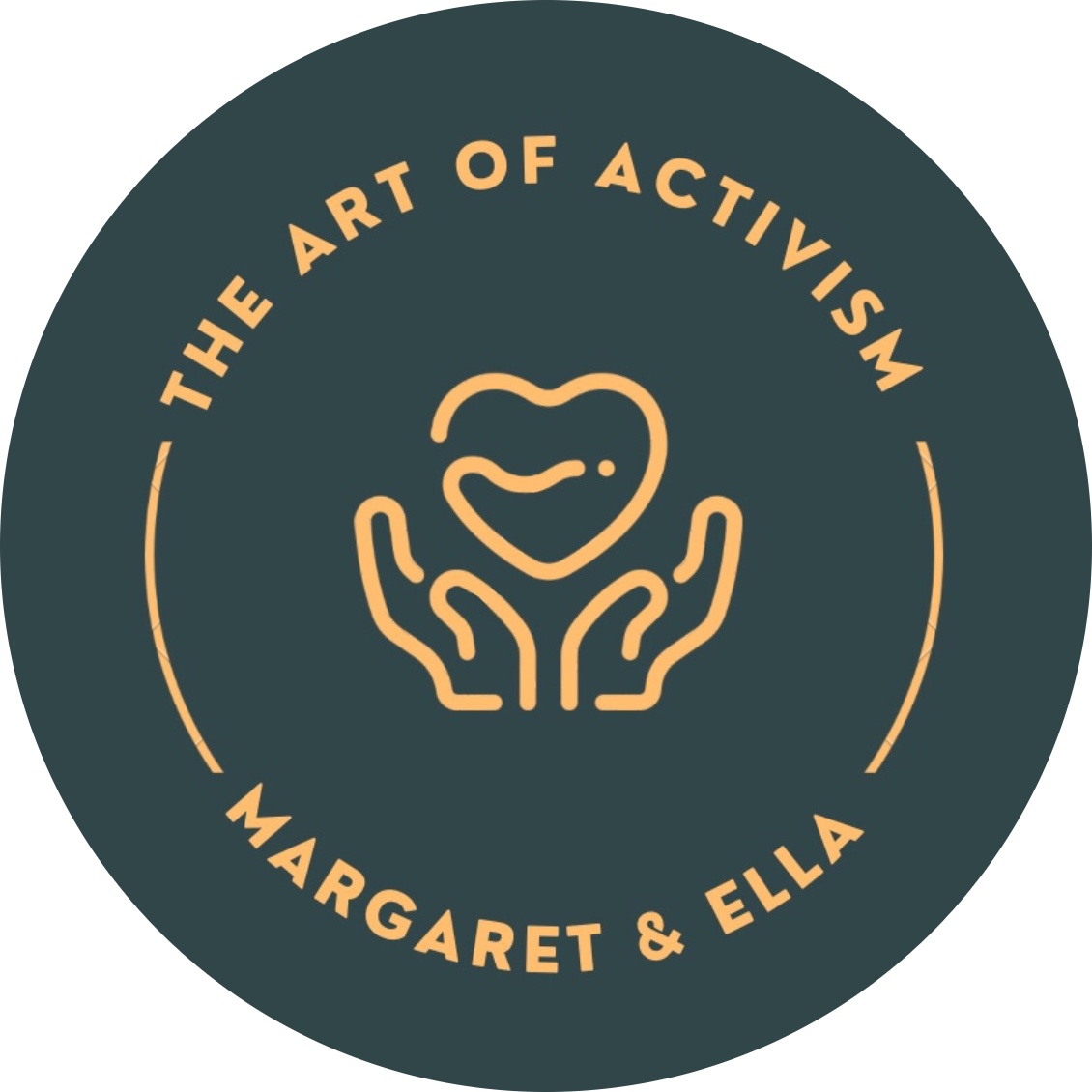The Art of Activism
Welcome to The Art of Activism! In this blog we will be talking to real people about real issues, with a goal of creating a space to educate yourself and get involved. We will cover topics such as BIPOC lives matter, LGBTQ+, women’s inequalities, BWCA conservation, and much more! We are so excited to speak with other highschool students from different walks of life to have a better understanding of the world around us. “Unless someone like you cares a whole awful lot, nothing is going to get better. It’s not.” - The Lorax
May 18, 2021
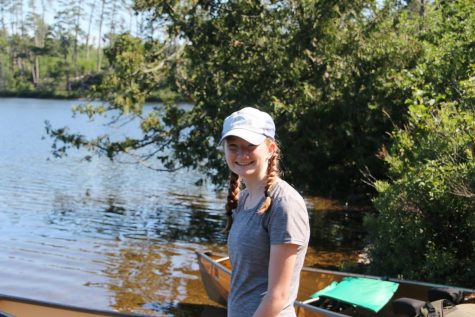
My name is Margaret, my pronouns are she/her, and I’m a Junior at Minnetonka High
School. Outside of school, I run Cross Country, Nordic ski, am the manager of the Track &
Field team, and am involved in climbing club.
But why am I qualified to be a part of a blog for youth activism in Minnesota? I have
personal experience in many different areas, ranging from my 5 years worth of trips to the
BWCA, attending Minneapolis Pride as a bisexual individual, my own personal mental
health struggles, and attending a variety of protests. I am also a part of an organization
called Youth Activism 4 Change MN, and even helped plan the walkout at Minnetonka
High School to honor Daunte Wright and all other lives lost due to systemic racism. With
that said, I still have so much to learn, and our work will never truly be finished.
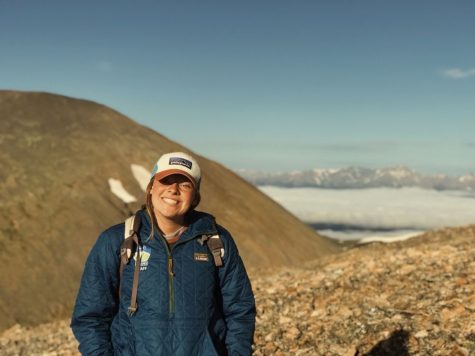
Hi, I’m Ella and I’m a senior at Minnetonka High School. I was a captain of the Girls Varsity
basketball team and am a manager of the Girls lacrosse team. I love spending time outdoors
doing anything from hiking to water sports or even playing beach volleyball with friends. I am
also a coffee connoisseur and love trying new coffee shops around the area. I am excited to
learn more and share about youth activism in Minnesota and hopefully make a little bit of a
difference in our community.
May 14, 2021- Margaret
The Beauty and Necessity of the Boundary Waters
The BWCA is in danger. During the Trump administration, environmental laws became more relaxed, and the threat of sulfur-ore copper mining just ¼ mile outside the BWCA loomed closer and closer. If the mining is approved, the run-off would flow directly into the BWCA, poisoning the freshwater lakes. Everything is at stake. The BWCA is America’s most visited wilderness area, and has over 1.1 million acres of freshwater lakes and streams. Many endangered animals rely on the BWCA as a place to live, and is one of the only places left of its kind. We have to protect this beautiful land for generations to come. To learn more about the BWCA crisis or to directly help, visit https://www.savetheboundarywaters.org
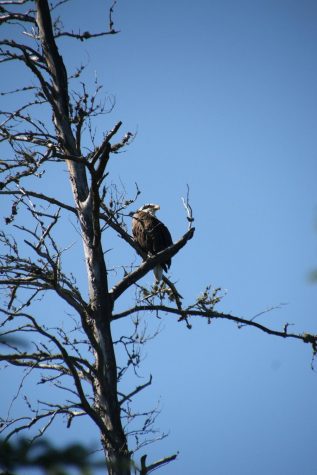
Eagle in tree- The BWCA is a safe haven for many animals. Moose, bears, wolves, and many different birds and fish are lucky enough to call the BWCA home. This eagle is perching on a tree, possibly looking for prey in the glassy water and searching for the right opportunity to strike.
(Picture creds: Max Westerlund, 2020)
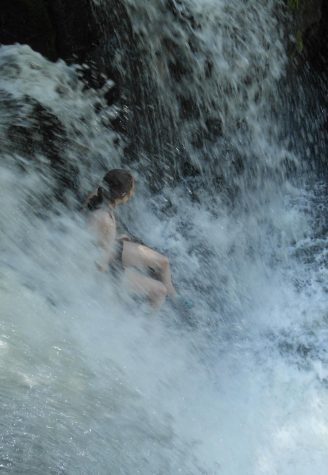
Waterfall- Waterfalls are always a highlight during trips to the BWCA. This particular waterfall, called Johnson Falls, is accessed by a short trail off of Pine Lake. Johnson Falls is absolutely worth a visit. For people that prefer to stay on dry land, there are many trails to hike, and some beautiful views. For the aquatic daredevils, you can go behind the upper-falls into a small pocket of air, and the lower-falls aren’t too difficult to climb (that’s 8th grade me sitting about halfway up the lower-falls). Directly below the place where I am sitting, there is a deep area without rocks, which also makes for a fun jumping area.
(Picture creds: Kelly Lewis, 2018)
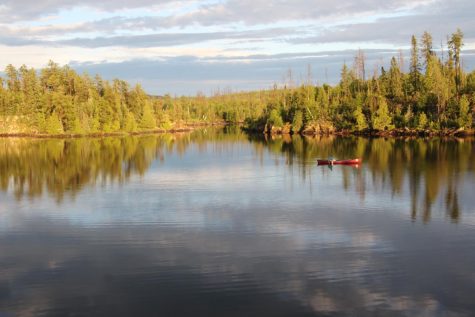
Canoe on lake- If there’s one thing that you do a lot of in the BWCA, it’s canoeing. Canoeing is a very peaceful, non-damaging form of transportation, and allows for unique opportunities. In this photo, Mr. Lewis is collecting water from the middle of the lake, which we will filter to use as drinking water.
(Picture creds: Max Westerlund, 2020)
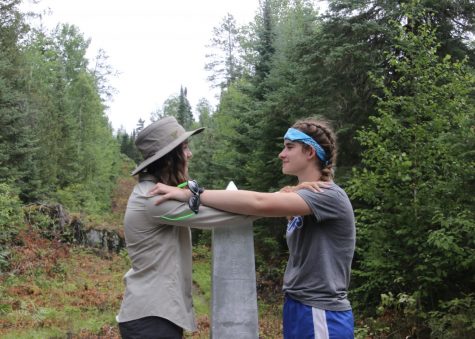
Two girls holding arms- The BWCA presents the rare opportunity to be in two countries at once, as it spans upon the Minnesota-Canadian border. In this picture, Carmen (on the left) is standing in Minnesota, and Emmarie (on the right) is standing in Canada. I think that’s pretty cool.
(Photo creds: Max Westerlund, 2020)
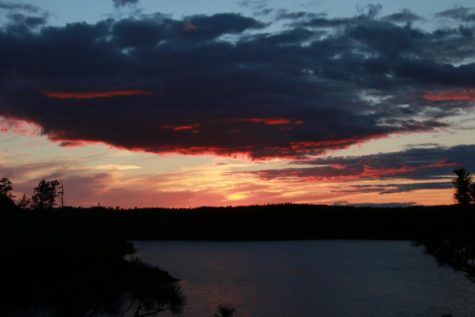
Sunset- I stand strongly behind my claim that the BWCA is home to the best sunsets. There’s something to be said about being tired from a hard day of long
paddles and rough portages, and then sitting down to watch the sunset with your buddies. It’s those moments that make me come back year after year.
(Picture creds: Max Westerlund, 2020)
May 14, 2021- Ella
It Is Still Not Equal
Gender inequality in sports is an ongoing issue that we would like to bring to light in this blog.
Here are some current statistics worth mentioning. According to the Women’s Sports Foundation, male athletes get $179 million more in athletic scholarships each year than females do. Additionally, collegiate institutions spend just 24% of their athletic operating budgets on female sports, as well as just 16% of recruiting budgets and 33% of scholarship budgets on female athletes. Women make up 40% of sportspeople, however as of 2020 they continue to only receive 4% of the total sports media coverage in print and broadcast devoted to them. Lastly, the NBA pays its players 49-51% of the league’s revenue, while WNBA players take home a maximum of 22.8%.
With all this being said, there has been improvement and change. There are endless amounts of women who fought for equality in sports. For example, in 1967, Kathrine Switzer ran in the Boston Marathon and was the first woman to complete the race as an official entrant, even though women weren’t allowed to run because it was “damaging to women’s health.” Secondly, another amazing example is Billie Jean King. She did many things including, founding the Women’s Tennis Association, leading a movement for women to earn equal prize money in tournaments with men and women involved, beat Bobby Riggs in “The Battle of the Sexes,” and later received a Presidential Medal of Freedom in 2009 for her work fighting for women’s rights.
These were some of the first women to stand up for gender equality in sports, but they definitely won’t be the last.
To learn more about other activists of gender equality in sports and ways to help visit the links listed: https://www.womenssportsfoundation.org, https://www.si.com/sports-illustrated/2020/10/06/the-unrelenting-women-in-sports-daily-cover, https://www.espn.com/espn/story/_/id/28839500/notable-female-trailblazers-sports-history
May 18, 2021- Ella
May 18, 2021 – Margaret
The Art of Activism- Discovering Pride
I identify as bisexual. I was fortunate enough to grow up in a very accepting household. My parents always told me that gender and sexuality don’t matter- it matters who you are on the inside. Even with all of that support, it took me a long time to accept my own sexuality, and even longer to come out to the people that I love the most. The fact of the matter is: the world is not a safe place for the LGBTQ+ community. Here are a couple of common questions and answers on how to navigate joining the LGBTQ+ community or how to become a better ally.
Common Questions:
Q: What does LGBTQ+ stand for?
A: LGBTQ+ refers to anyone who identifies as lesbian, gay, bisexual, transgender, queer, or any other person who identifies outside of the gender/sexual binary.
Q: What is the difference between sex and gender?
A: Sex refers to the biological differences in genitilia and genetics between humans (typically male or female). It is important to mention that there are more than two sexes. Typically, a person is either born with XX chromosomes or XY chromosomes, but there can be many variations of these chromosomes. Intersex is not something that we will cover here, but doing your own research is encouraged!
Gender is harder to define, but typically refers to socially constructed norms for the sex a person is assigned to at birth. While sex and gender often corrolate (for example, a person with a penis being assigned male at birth, identifies as male, and uses he/him/his pronouns), they sometimes don’t (for example, a person with a penis being assigned male at birth, but identifying as female, and using she/her/hers pronouns). Gender isn’t always binary, which will be covered later.
Q: Is the f-slur a bad word, who gets to use it, and why?
A: Yes, the f-slur is a bad word. It isn’t like your typical curse words that someone might use when frustrated, it’s a derogatory slur, similar to the n-slur or the r-slur. There are a couple of different places where this slur could have been formed. First, the word was literally defined as “a bundle of sticks” by the Merriam Webster dictionary. These sticks were used by young boys to do chores for their older peers, so the word progressed to be used as a term for young boys doing the typical women’s jobs. Sometimes, these jobs involved the sexual assault of the young boys by the older peers. The term was also used as an abusive term toward women in the early 16th century. The other possible origin of the f-slur begins again with a simple comparison. Fags used to be a common word for a cigarette. Although there is less research on this, some gay men would be rolled up in an old rug, and burned to death, similar to how you would wrap and burn a cigarette. Now that you have some background on the word itself, here’s a list of the people who are allowed to use it: people who identify as gay and want to reclaim the word. That’s it.
Q: My friend just came out as non-binary. What does that mean and how can I support them?
A: First of all, it is a big deal that they came out to you. That means that they probably really trust you. Being non-binary is an umbrella term, and can mean different things to different people. The main idea is that the person doesn’t identify with the gender-binary of male or female. Some people may identify just as non-binary, while other people may identify as transgender, gender-queer, gender non-conforming, agender, gender-fluid, etc. If the person feels comfortable telling you what being non-binary means to them, that would be a good place to start. Coming out as non-binary might also mean a change of pronouns. It will be hard to adapt to these changes, but just let the person know that you will try your best, but will make mistakes at first. Believe me, it gets easier with time.
May 21, 2021 – Ella
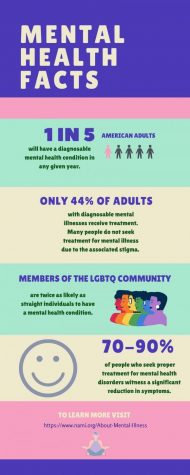
May 25, 2021 – Ella
The Fight of Saving the Boundary Waters
The boundary waters is one of the few true wilderness areas in Minnesota. A true wilderness area is an area where the earth and its community of life are untrammelled by man, where man himself is a visitor who does not remain. It has over 1000 miles of canoe routes and over 2000 campsites. It attracts over a quarter million visitors each year and is the most visited wilderness area in the United States.
The boundary waters has been a place, since 1978, where people of all ages come to paddle, hike, fish, camp, and even go dog sledding. It is a place where you can discover and grow your love for nature and the wilderness. The Boundary Waters has a special place in many people’s hearts that will never fade or be forgotten.
With all of this being said, there is a major threat to The Boundary Waters. Twin Metals applied for extensions of two mineral leases to mine copper and nickel on USFS lands within three miles of the Boundary Waters in 2012. Sulfide-ore mining, which Twin Metals intends to use to extract heavy metals, is widely known for creating catastrophic contamination and posing a major threat to the wilderness area.
Why is creating a mine a problem you may ask? Before allowing the plan to advance, the U.S. Forest Service studied the potential environmental damage. The agency’s findings were clear: The mine would almost certainly release toxic waste that would flow directly into the Boundary Waters, causing irreversible damage to the watershed and wildlife. The Environmental Protection Agency (EPA) rates metal mining as the most harmful sector in the United States, due to acid mine drainage, which is a side consequence of mining sulfide-rich rock. Acid mine drainage pollutants can contaminate the land surface, soils, and groundwater.
There are many organizations that you can join or learn from about the issue at hand. Some organizations include https://www.savetheboundarywaters.org and https://kidsfortheboundarywaters.org. Saving the boundary waters is no simple task, if it was it would’ve been done by now. There are many different steps that have to be taken in order for this mission to be successful. The Save The Boundary Waters Organization’s path to permanent protection includes, “re-initiating a federal mineral withdrawal, passing a permanent protection bill in Congress and the MN legislature, ongoing litigation to terminate the unlawful leases, using science to push back against the proposed mine plan, and revising the state’s rules regulating mining.”
Along with the Superior National Forest, the Boundary Waters contains 20 percent of all the freshwater in the entire National Forest System. This helps to create a diverse ecosystem that is important to protect. The Boundary Waters Wilderness is also the economic engine for the region. In 2012, tourism provided 12% of northeastern Minnesota jobs, while mining provided only 3.3%. The U.S. Forest Service has also estimated that the Superior National Forest contributes $500 million to the regional economy each year, of which $100 million is attributed to the Boundary Waters.
There are many different ways to help and different places to donate. The boundary waters is a very beloved place and I hope I encouraged you to help the fight to save it and maybe even encouraged you to see it for yourself sometime in the near future.

